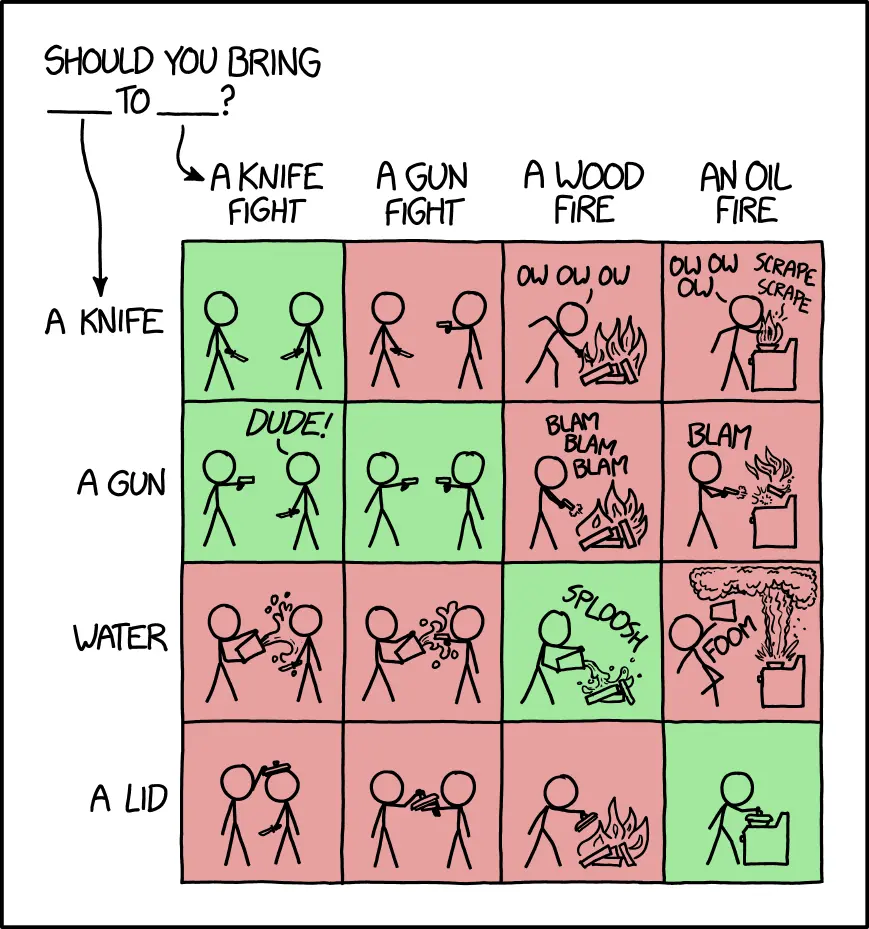cross-posted from: https://lemmy.zip/post/10379978
I’ve started rediscovering photography again after a multi year break, and I’ve currently got a decision to make. I’ve started doing some more macro photography recently, and I’m to the point I would like to purchase a macro lens. However, I now realize that new DSLR cameras seem to be on their way out and mirrorless is what the major manufacturers are moving to. My current gear is a budget Canon DSLR with a kit lens, and a basic 75-300mm.
My question is this. Should I switch to a mirrorless camera before I spend more money on lenses? I don’t have a huge amount of money invested so far, and whatever lens type I buy is most likely what I’m going to have to stay with for many years to come. My hard limit would be $1000 for the body, but preferably $700 or less. Since I would like to stay with Canon, that leaves me with the R100, R50, and RP at the very top end. I am open to other options however, especially if there are good aftermarket lenses and accessories.
Although I know there will still be new and used EF lenses available, I do worry a bit about future camera body upgrade options. I know I’m overthinking this a bit too much, but I’m just curious what other people think.

Sony’s A7 full frame series (well, and A1/A9 but those are very pricey) and 6x00 APS-C cameras have EVFs. Any non-ranger mirrorless body will. Their APS-C bodies are very compact, but that can be a good thing (discreet with compact glass) and/or a bad thing (harder to balance longer glass on).
MFT/APS-C/FF, and even what brands/bodies, really comes down to what you want to take photos of.
There are two angles here.
The first is how much depth of field you’ll need and how much light shooting you’ll do. Smaller sensors have more depth of field than larger sensors, so if you’re shooting landscapes or other subjects/settings where you want some of your background/foreground in focus you’re going to need to step down a camera with a larger sensor more than a camera with a smaller one. As long as you have enough light to simply slow the shutter down to compensate for the stepped down aperture, a larger sensor camera will have more dynamic range than the smaller sensor camera. However, when light gets tough and you still want more depth of field it becomes basically a wash. You’ll have to step a FF camera down two stops to get equivalent depth of field to a micro four thirds camera and a micro four thirds camera is generally about two stops behind on dynamic range. Step the FF down two stops and they suddenly meet. Conversely, if you really want to blow the background out that’s much easier to do on a FF camera. You can certainly blow out the background on a micro four thirds camera with a longer and fast lens, but you’ll need the space to do it (eg to stand further from the subject). At a given distance to a subject, it’s basically impossible to beat FF.
The second is autofocus. Older mirrorless bodies, and even some newer ones, will offer what looks like better autofocus capabilities than a DSLR (think offeriny face/eye autofocus) but honestly a DSLR is probably going to be a lot more reliable in terms of delivering focus where you want it. More recent mirrorless bodies can be great, but they tend to cost more $$. In Sony land, I wouldn’t go below an A7III (FF) or a6100 (APS-C) if you photograph moving subjects and want to use face/eye detection. Beware that Sony’s APS-C naming scheme is a little complicated. I’ve had an A7III for a little over a year and it’s been very reliable with my spaztick children. I’ve owned a Z6II and had way too many photos where the camera confirmed focus, only for the focus point to be soft. There are plenty of reports of this on the Z8 too, so I would probably avoid Nikon if you want to utilize eye AF. Canon seems to do fairly well here, but I have no first hand experience to offer. Micro four thirds offerings can’t really keep up, with the exception of the OM-1, but that camera is outside your budget. Maybe shelling out more for that particular body makes sense if you think you’ll wind up buying a lot of glass since it does unlock the M43 glass catalog.
Most all mirrorless cameras will do pretty well if you put them in single point AF, but at that point I would rather have the small size hit and carry my D5300 which is always focused exactly where it says it is.